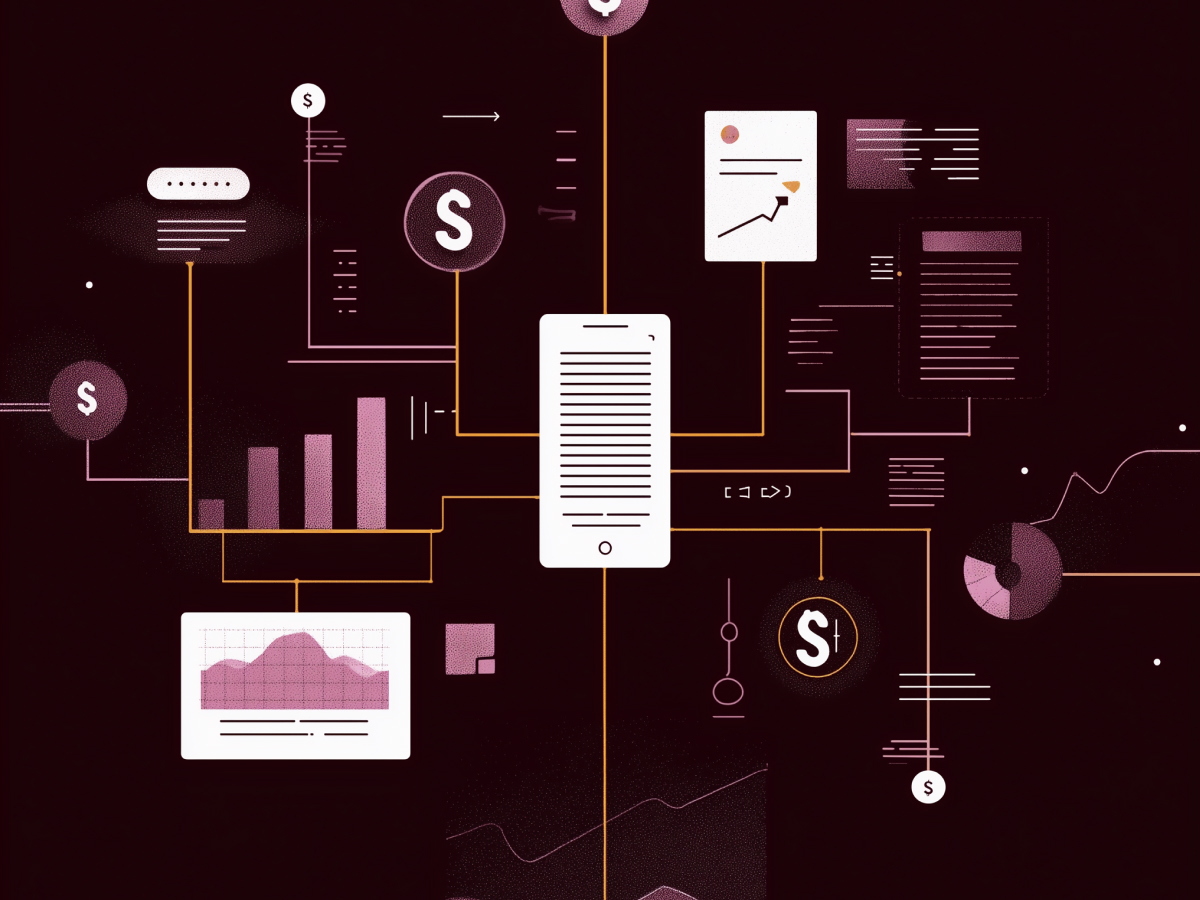OpenAI introduces integrated shopping features in ChatGPT search
OpenAI is changing the way people search and shop, merging both into a single, intelligent interface. With the rollout of shopping features in ChatGPT, users can now browse product recommendations directly inside the platform without switching tabs or sifting through multiple retail websites. This is a simple, clean integration that covers key consumer verticals: fashion, beauty, home goods, and electronics.
What makes it powerful is how it merges structured product data, like images, prices, descriptions, and reviews, with a natural, conversational interface. Ask ChatGPT for a reliable pair of noise-canceling headphones, and you’re not just getting a list of specs. You’re getting curated, relevant results that feel less like a search engine and more like a capable assistant who already understands what you want.
Recommendations are generated using structured metadata from third-party websites and feeds. No commissions, no affiliate links, no sponsored placements. It’s built to serve the user. This neutrality gives the system credibility, and that’s going to matter to any brand investing in reputation.
For business leaders, think about what this means. You’re now looking at an environment where shopping is driven by conversational AI, repeatable, scalable, and free of traditional search engine friction. Consumers are asking real questions and getting human-like answers that point them to ready-to-buy decisions. It sets a precedent for how integrated, intelligent retail will work in the near future. The first ones to adapt will find the advantage.
The shopping experience leverages conversational personalization rather than traditional keyword-based search
Most search engines focus on matching queries to keywords. That worked for a long time. But OpenAI is doing something very different, something smarter. With ChatGPT’s new shopping features, the system doesn’t just look at the words you type. It understands the way people talk, the intent behind the question, and personal preferences you’ve shared before.
Let’s say you’ve mentioned that you like to buy black clothes from a specific retailer. That context sticks. The next time you want a shirt, ChatGPT can apply that past information without asking you to re-enter it. Over time, the experience becomes more custom to each user. This is adaptive behavior built from ongoing conversations.
Adam Fry from OpenAI summed it up this way: “It’s not looking for specific signals that are in some algorithm.” Instead, the AI focuses on how products are reviewed, how people describe them, and what trade-offs matter to customers. It gives you a summary based on real opinions, pros and cons, and user backstories, not just a list of SEO-optimized product pages.
For executives, this shift is meaningful. Adaptive AI systems like ChatGPT are pushing us toward real-time relevancy, something most static recommendation engines still struggle with. When product discovery is no longer formulaic and instead contextual, hesitancy drops and conversions accelerate. Customers get what they actually want, faster. That directly impacts retention, customer satisfaction, and ultimately, margins. Businesses that build with this type of AI in mind will be several steps ahead in the digital retail space.
The new shopping feature is accessible to all ChatGPT users, across multiple subscription tiers and login statuses
OpenAI isn’t keeping this upgrade behind a paywall. The new shopping functionality is rolling out to everyone, Pro, Plus, and Free users, as well as users who aren’t logged in. Broad distribution maximizes feedback loops, sharpens the model faster, and accelerates platform adoption at scale.
This wide access removes friction and increases usage frequency. It means millions of users globally can engage with retail-focused conversations without needing any extra plugins, logins, or subscriptions. For brands, this kind of ecosystem means their products could surface in relevant conversations regardless of the user’s location or plan tier. That levels the playing field in how discovery happens through language and behavior, not budgets or personalization tiers.
From a business perspective, this is a signal. OpenAI isn’t optimizing short-term revenue on the feature. It’s building use cases, engagement, and algorithmic understanding, at a time when user data and feedback are still shaping how this AI interacts with commerce. The more diverse the user base, the better the AI gets at serving different markets, languages, and purchasing behaviors.
For executives watching consumer AI trends, note this: ChatGPT’s retail capability isn’t packaged behind user segmentation. It operates in real-time, across devices, and for everyone, pushing the threshold of what mainstream, accessible AI can do in a commercial context.
Additional upgrades to ChatGPT search signal OpenAI’s intent to compete with traditional search engines
OpenAI is building a broader search platform that handles more than answers. The latest updates to ChatGPT Search include improved citations, trending queries, autocomplete functionality, and integration with WhatsApp. These are strategic enhancements to make ChatGPT more useful, more accurate, and more connected.
Each of these features targets a core function of modern search. Citing sources with greater precision improves trust, especially in business-critical or technical contexts. Including trending data keeps responses current. Autocomplete accelerates input and generates more meaningful user interaction. The WhatsApp integration puts AI-powered search directly into messaging workflows, removing even more steps between intent and result.
Executives should take this seriously. These upgrades show a clear commitment from OpenAI to own more of the search stack, not as a parallel utility, but as an everyday alternative to platforms like Google. The interface design, with product grids, retailer names like Walmart, and direct buy-now options, mirrors what’s been working in established commercial search environments. But now, it’s conversational, faster, and increasingly frictionless.
This direction foreshadows something larger. OpenAI is building infrastructure-level search capabilities embedded in real-time communication tools and digital workflows. It doesn’t charge for product visibility yet, but the presentation format suggests it could evolve into an ad-supported model in the future. That’s worth watching, especially for companies reliant on search-based discovery and digital shelf performance.
Key takeaways for leaders
- Integrated product discovery: ChatGPT’s new shopping feature blends AI-guided search with real-time retail recommendations across fashion, beauty, home goods, and electronics, removing friction between browsing and buying. Leaders in eCommerce should monitor how this shift alters product discovery and consumer behavior.
- Conversational relevance over keywords: Traditional keyword search is being replaced by context-aware, memory-based recommendations. Executives should explore AI systems that adapt in real-time to user intent for more accurate targeting and long-term engagement.
- Platform-wide accessibility: Shopping features are available across all ChatGPT user tiers, including non-logged-in users, maximizing reach and global usage. Retailers should prepare for increased visibility through conversational channels that don’t depend on login or subscription barriers.
- Growing search engine disruption: Upgrades such as better citations, trending queries, autocomplete, and WhatsApp integration signal OpenAI’s intent to compete with traditional search. Leaders should evaluate how AI-driven search platforms may impact customer acquisition strategies currently reliant on Google or other incumbents.





